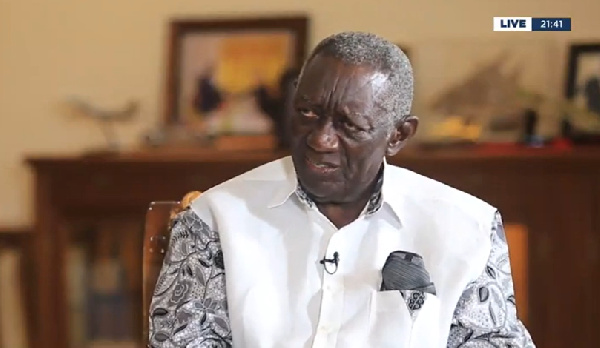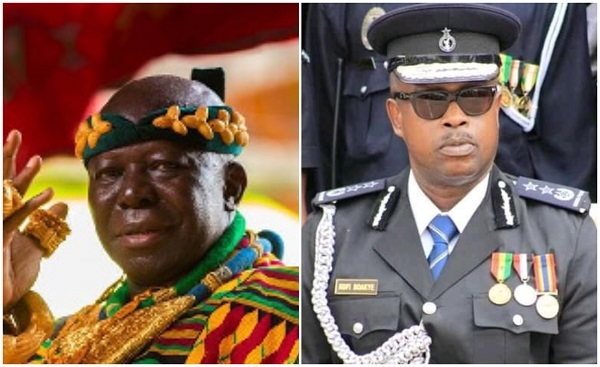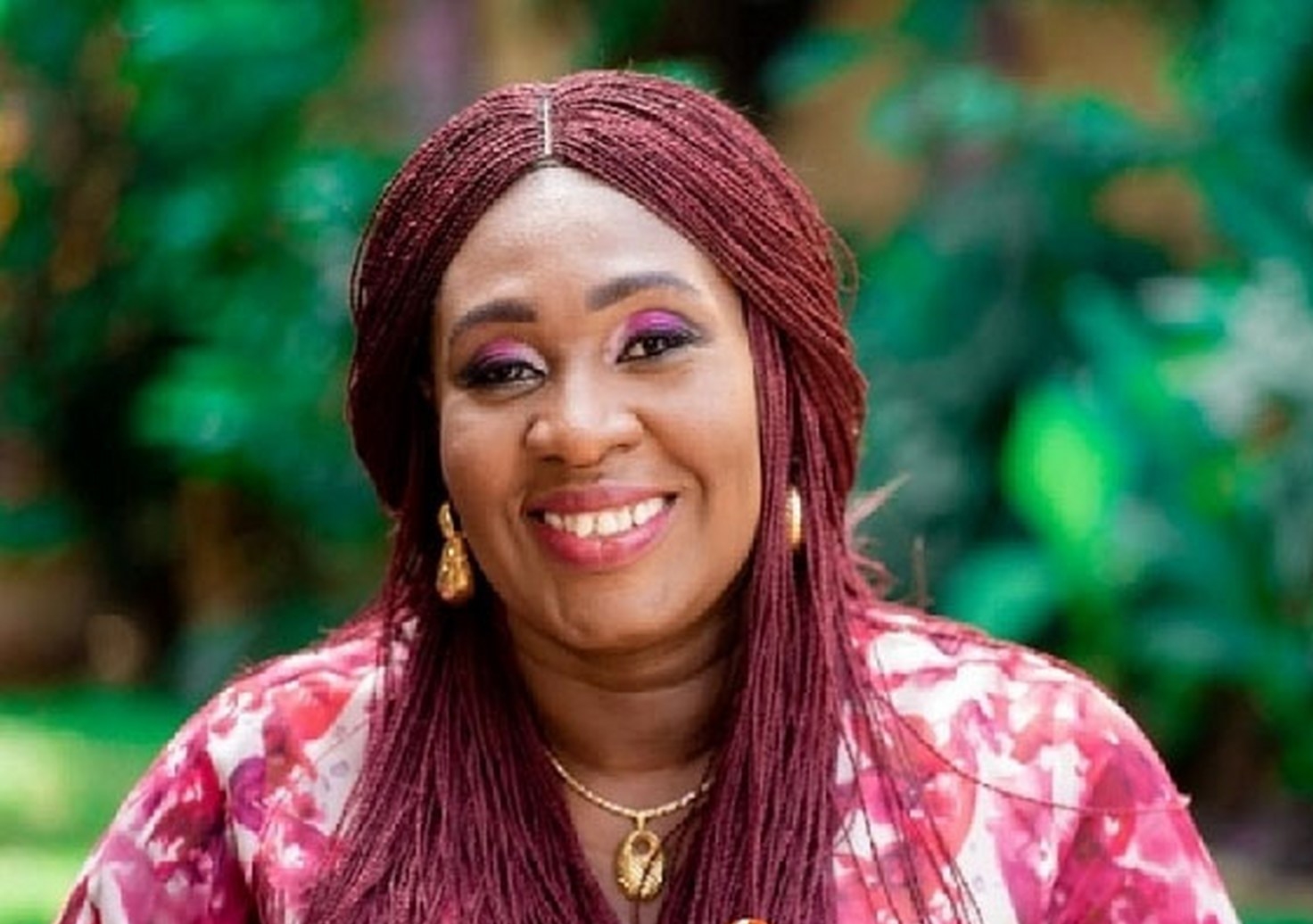
Hurricane Dorian: First deaths confirmed in Bahamas

At least five people have been killed in the Bahamas, as Hurricane Dorian continues to batter the country.
Prime Minister Hubert Minnis said the deaths were confirmed at the north-eastern Abaco Islands, which bore the brunt of the storm.
Some 13,000 houses are feared damaged or destroyed, according to the International Red Cross.
Dorian, the second-strongest Atlantic hurricane on record, remains “extremely dangerous”, Mr Minnis said.
Pictures showed surging floodwaters, upturned cars and snapped trees.
Eyewitness videos and reports paint a picture of massive and widespread flooding, with panicked families fleeing to their roofs to escape rising floodwaters.
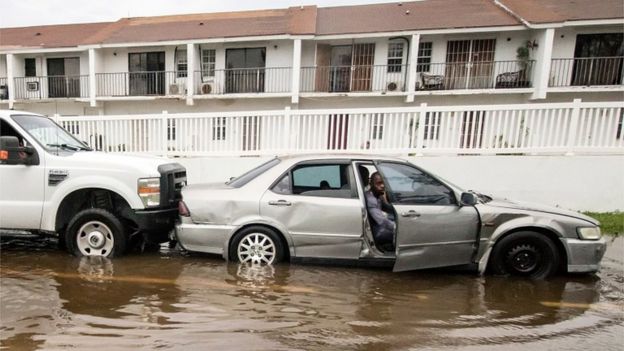 Streets are flooded throughout the Bahamas
Streets are flooded throughout the BahamasDorian is the most powerful storm to hit the Bahamas since records began and will later move “dangerously close” to the US east coast, according to forecasters.
It hit the Bahamas as a category five hurricane but has now weakened to a category four with maximum sustained winds near 150mph (240 km/h), says the US National Hurricane Center (NHC) in its latest update.
Dorian will however remain “a powerful hurricane during the next couple of days”.
The NHC said that only a slight deviation in the path of the storm could bring Dorian directly over Florida’s east coast, which is already expected to face life-threatening storm surges and dangerous winds over the next couple of days.
The US states of Florida, Georgia, North and South Carolina have all declared states of emergency.
What’s the latest from the Bahamas?
The storm is hovering over Grand Bahama, having earlier made landfall on the Abaco Islands.
It has brought ferocious winds and massive amounts of water to both areas, which are in the north of the Bahamas archipelago. Grand Bahama, with a population of about 50,000, is only 100km (60 miles) east of West Palm Beach in Florida.
Forecasters had warned the storm could create “life-threatening” storm surges as high as 23ft (7m).
 Dorian is the most powerful storm to hit the island nation since records began
Dorian is the most powerful storm to hit the island nation since records beganClint Watson, a journalist based in the capital Nassau, said people in Grand Bahama were being hit with “buckets of rain” and posting videos online showing water rising to the windows of their attics.
“You can’t fathom that but that’s what people are showing us with their videos, saying ‘Please, come and rescue me. I’m in the roof of my home and this is where the water is’. And you can see the water outside pressing in. It’s stories like that and images like that that you can’t get out of your mind,” he told the BBC.
Local media report that the international airport is under water.
Dorian is stationary over the archipelago, the NHC said, and “continues to thrash Grand Bahama Island”.
Wind gusts and storm surges will continue into Tuesday morning, “causing extreme destruction”.
The winds at the core of the storm are spinning so fast that the centre is collapsing on itself, stalling over the area and weakening the storm’s eye. This is making it expand and cause damage over a larger area, says BBC Weather.
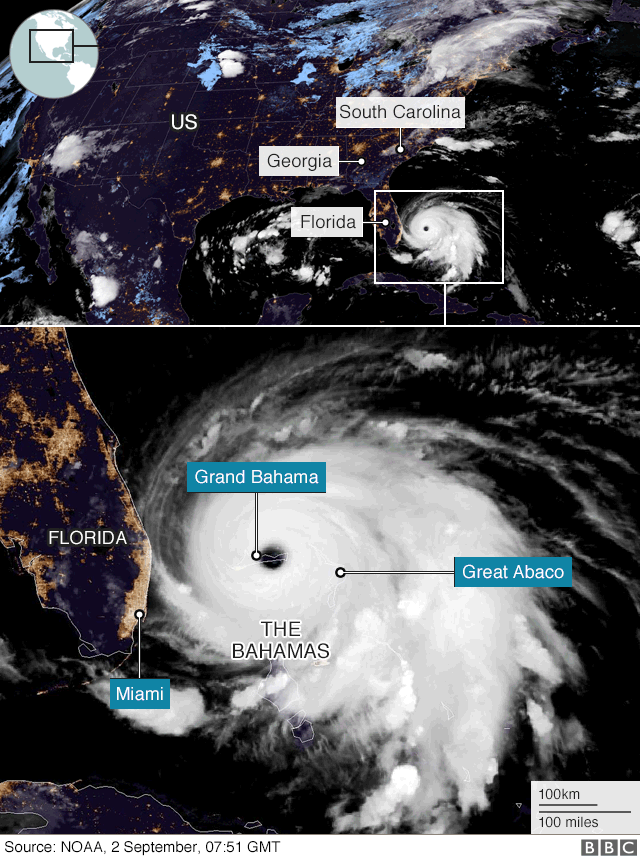

On Monday morning, Mr Minnis said reports from the Abaco Islands suggested the devastation was “unprecedented”.
The Abacos are home to about 17,000 people. It is unclear how many ignored evacuation orders and pleas from officials to leave low-lying areas.
The International Red Cross also said as many as 13,000 houses could have been destroyed. “There might no longer be any clean water readily available on Abaco because of storm surges flooding wells,” spokesman Matthew Cochrane told the BBC.
He said that aid workers were expecting “significant humanitarian needs” in the Bahamas once the storm passes.
The UK Department for International Development said it was sending three humanitarian experts to the Bahamas.
TV station Eyewitness News carried an interview with one woman who said her eight-year-old grandson had drowned on the Abaco Islands.
The Bahamas is one of the countries most regularly hit by hurricanes, and homes are required to be reinforced to withstand the winds of a category four storm.
Is Dorian going to hit the US?
The storm is currently moving west but it is forecast to make a gradual turn north or north-west, taking it along the eastern US seaboard.
But its path is difficult to predict and it’s unclear if it will make landfall.
“Surge-related flooding depends on the how close the centre of Dorian comes to the Florida east coast,” the NHC said.

President Donald Trump told reporters on Sunday that the storm “looks monstrous” and the US east coast would “be ultimately impacted and some of it very, very severely”.
Florida Governor Ron DeSantis warned people not to be complacent following the change in the storm’s predicted path. “This storm at this magnitude could really cause massive destruction,” he said.
Popular attractions, including Disney World in Orlando, have said they are “closely monitoring” the storm. Miami has ordered the removal of electric rental scooters from the streets to avoid them becoming projectiles.
South Carolina on Sunday issued a mandatory evacuation of the entire coast, effective of noon on Monday and affecting 830,000 people. Georgia then followed suit.
Is climate change making hurricanes worse?
Scientists cannot say whether climate change is increasing the number of hurricanes.
But the ones that do happen are more likely to be more powerful and more destructive because of our warming climate, says BBC Weather’s Tomasz Schafernaker.
Here’s why:
- An increase in sea surface temperatures strengthens the wind speeds within storms and also raises the amount of precipitation a hurricane will dump
- Sea levels are expected to increase by one to four feet over the next century, bringing the potential of far worse damage from sea surges and coastal flooding during storms

Use our guide to see how these deadly storms form, their devastating effects and how they are measured:
Source: citifmonline.com
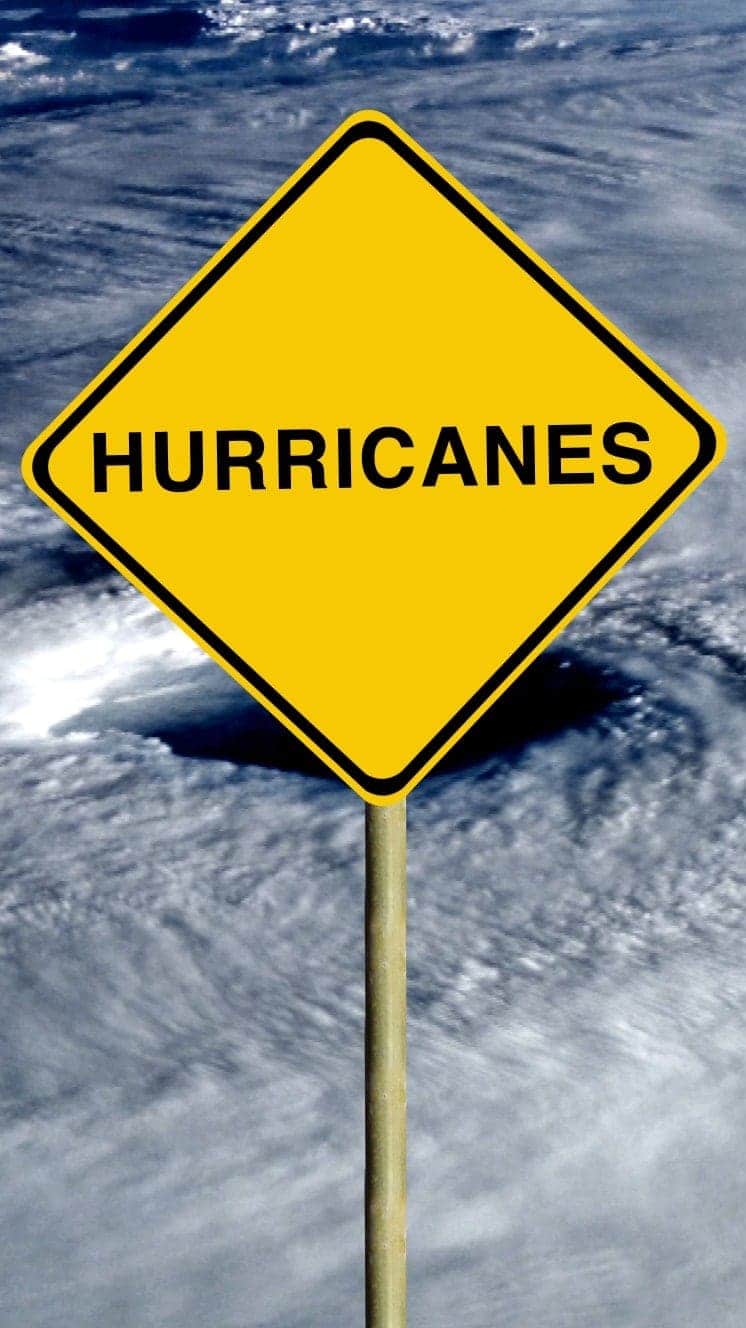 A guide to the world’s deadliest storms
A guide to the world’s deadliest storms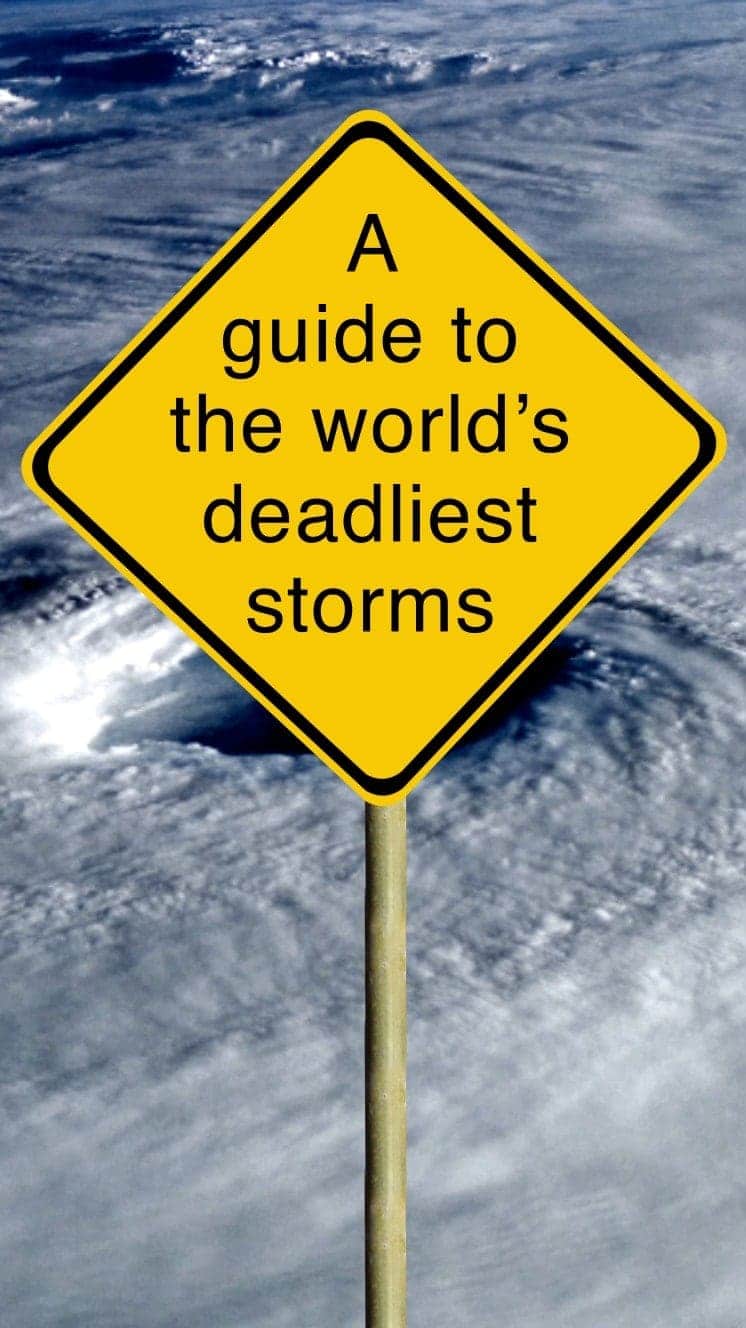
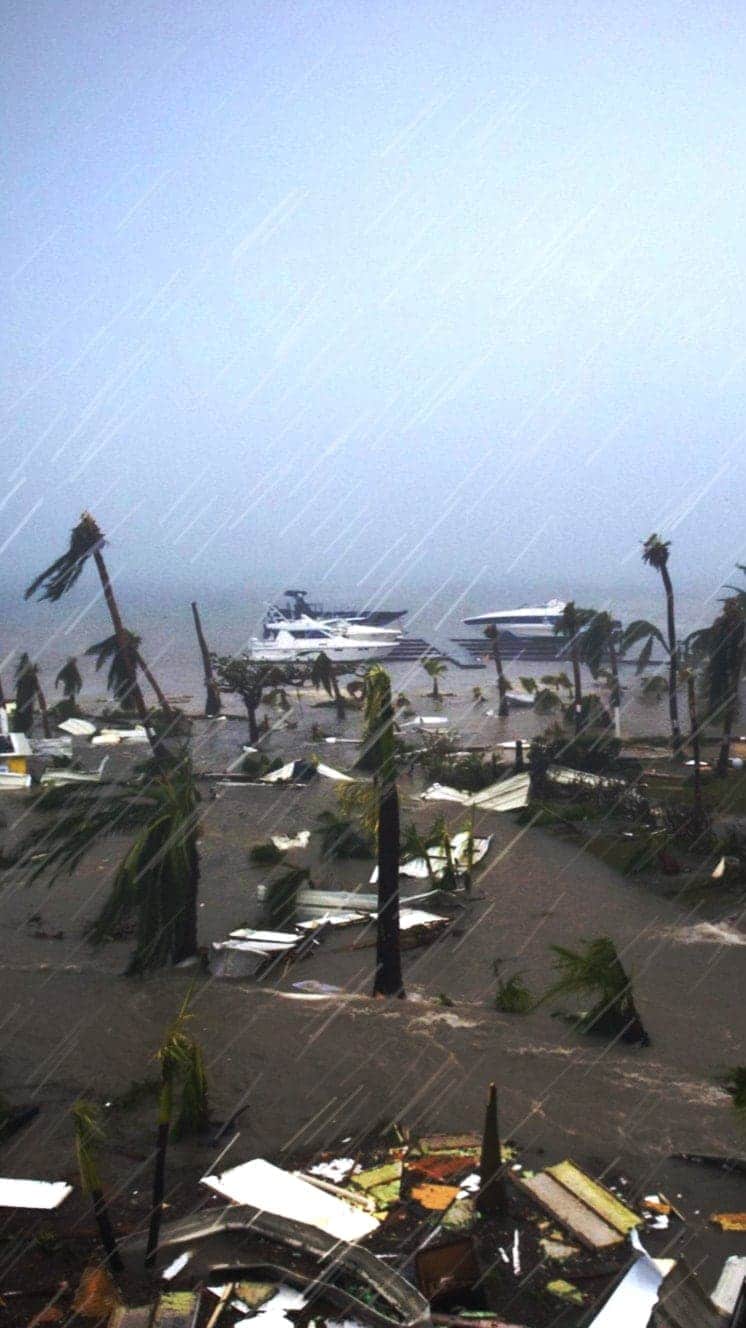 Hurricanes are violent storms that can bring devastation to coastal areas, threatening lives, homes and businesses.
Hurricanes are violent storms that can bring devastation to coastal areas, threatening lives, homes and businesses.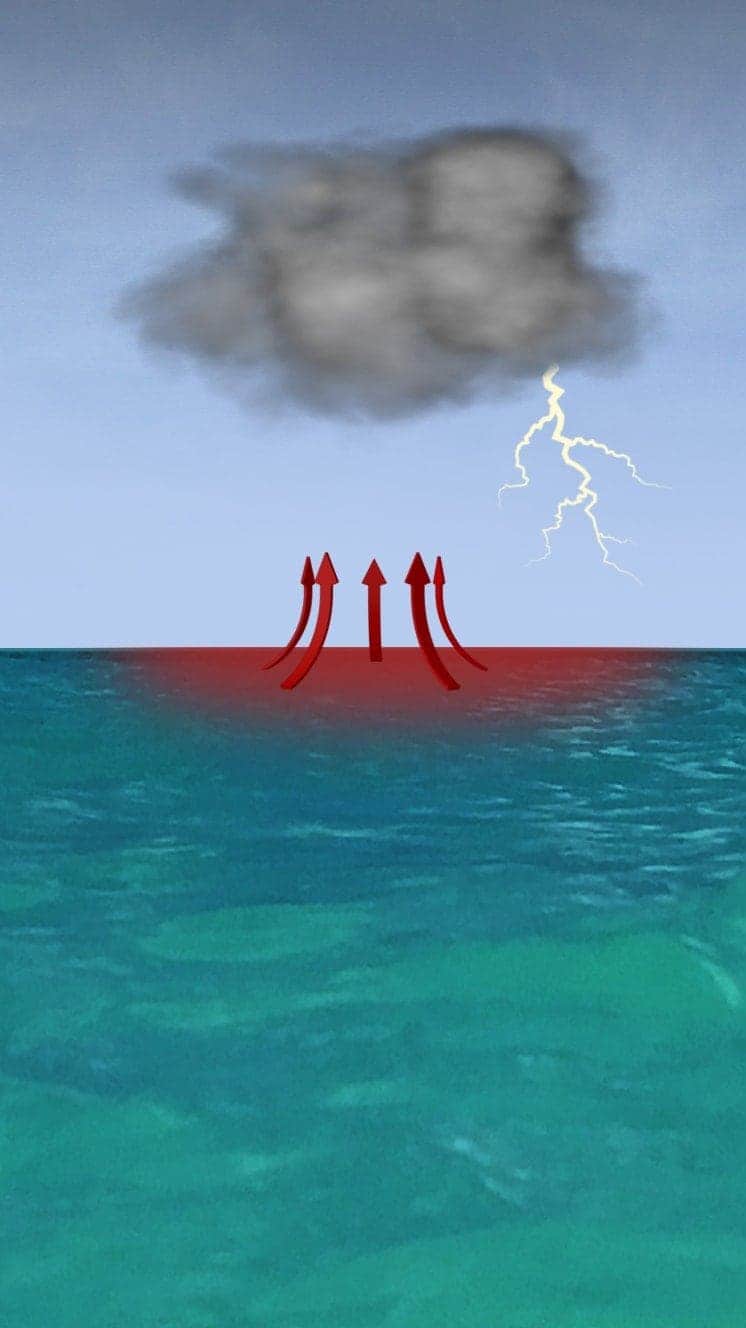 Hurricanes develop from thunderstorms, fuelled by warm, moist air as they cross sub-tropical waters.
Hurricanes develop from thunderstorms, fuelled by warm, moist air as they cross sub-tropical waters.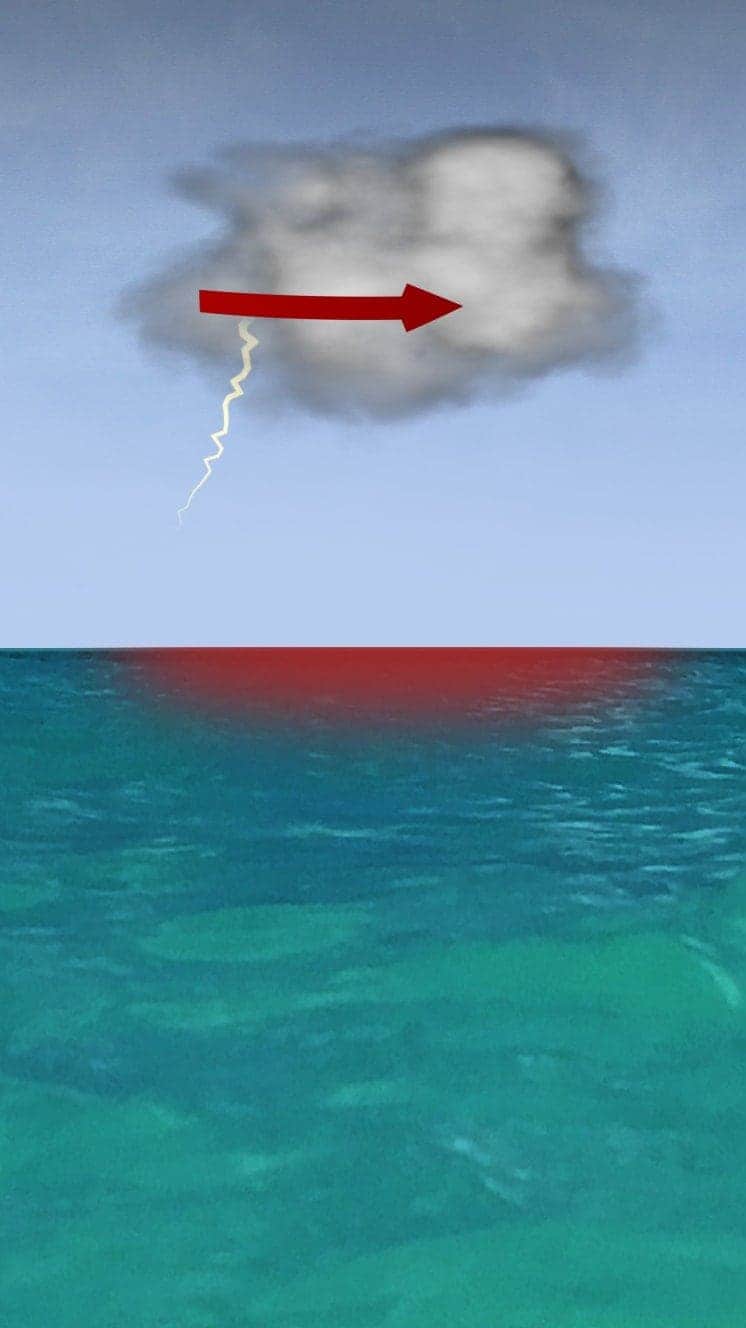 Air swirls in to fill the low pressure in the storm, sucking air in and upwards, reinforcing the low pressure.
Air swirls in to fill the low pressure in the storm, sucking air in and upwards, reinforcing the low pressure.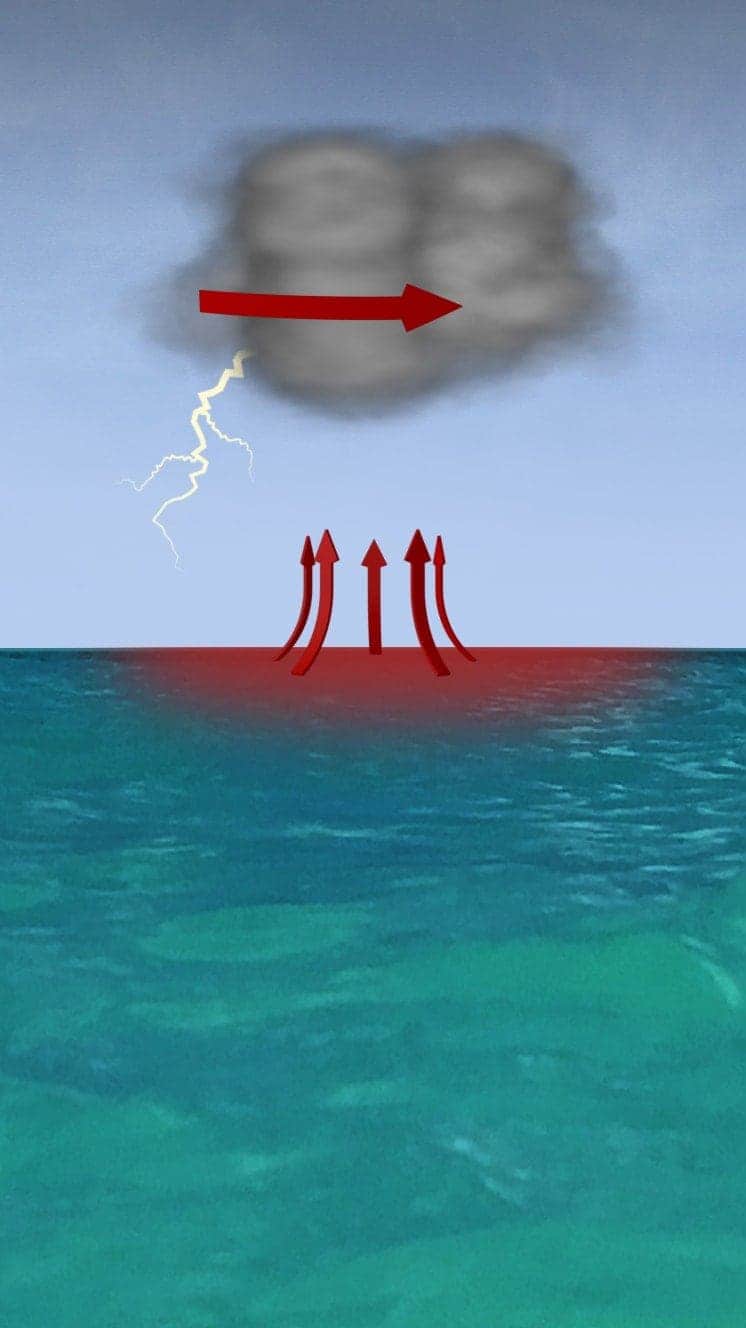 The storm rotates due to the spin of the earth and energy from the warm ocean increases wind speeds as it builds.
The storm rotates due to the spin of the earth and energy from the warm ocean increases wind speeds as it builds.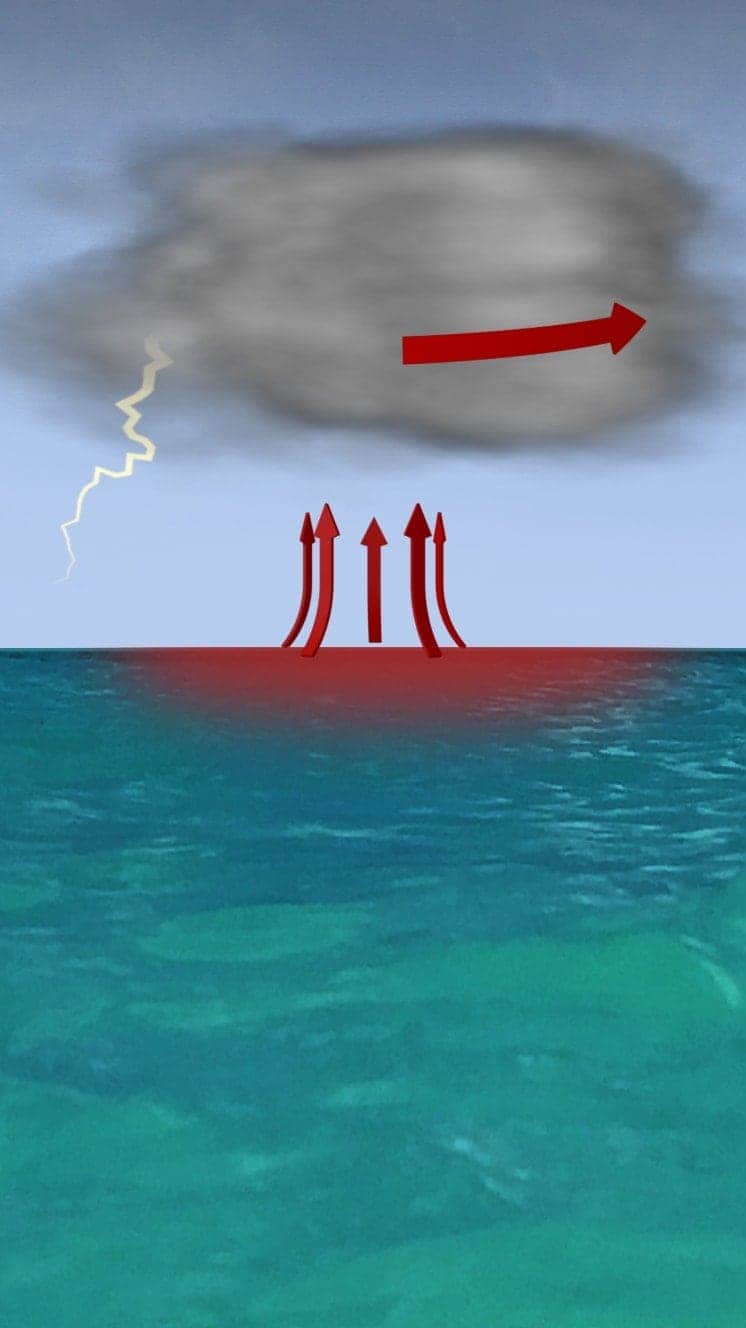 When winds reach 119km/h (74mph), it is known as a hurricane – in the Atlantic and Eastern Pacific – or a typhoon in the Western Pacific.
When winds reach 119km/h (74mph), it is known as a hurricane – in the Atlantic and Eastern Pacific – or a typhoon in the Western Pacific. “Everybody has a plan until they get punched in the face. Well, we’re about to get punched in the face.”
“Everybody has a plan until they get punched in the face. Well, we’re about to get punched in the face.”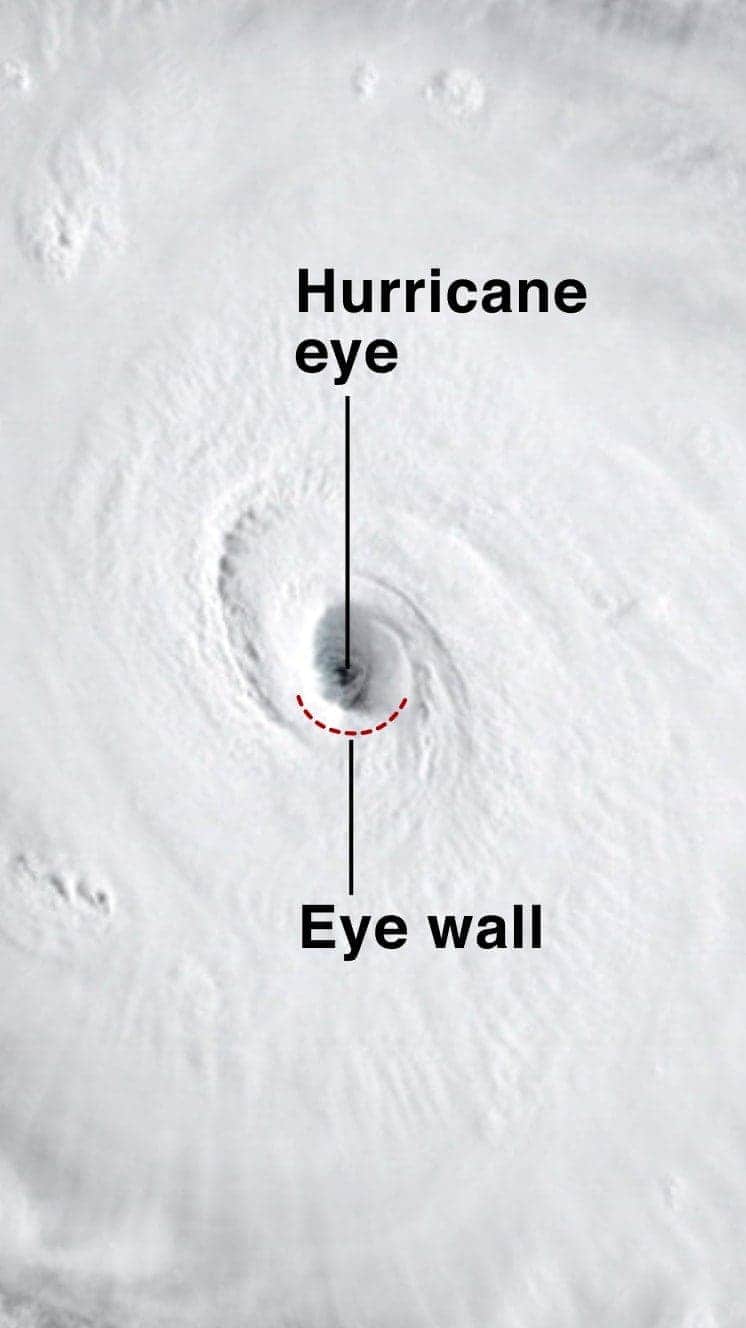
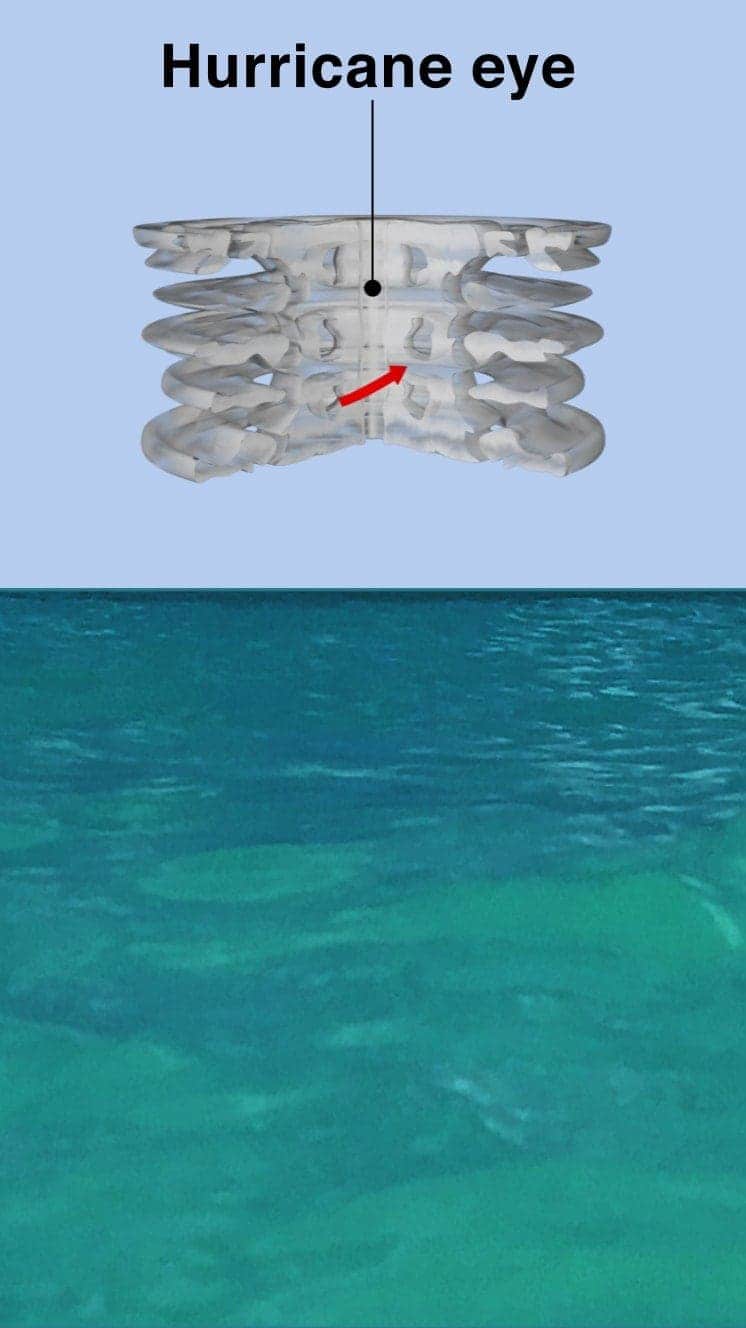 The central eye of calmer weather is surrounded by a wall of rainstorms.
The central eye of calmer weather is surrounded by a wall of rainstorms.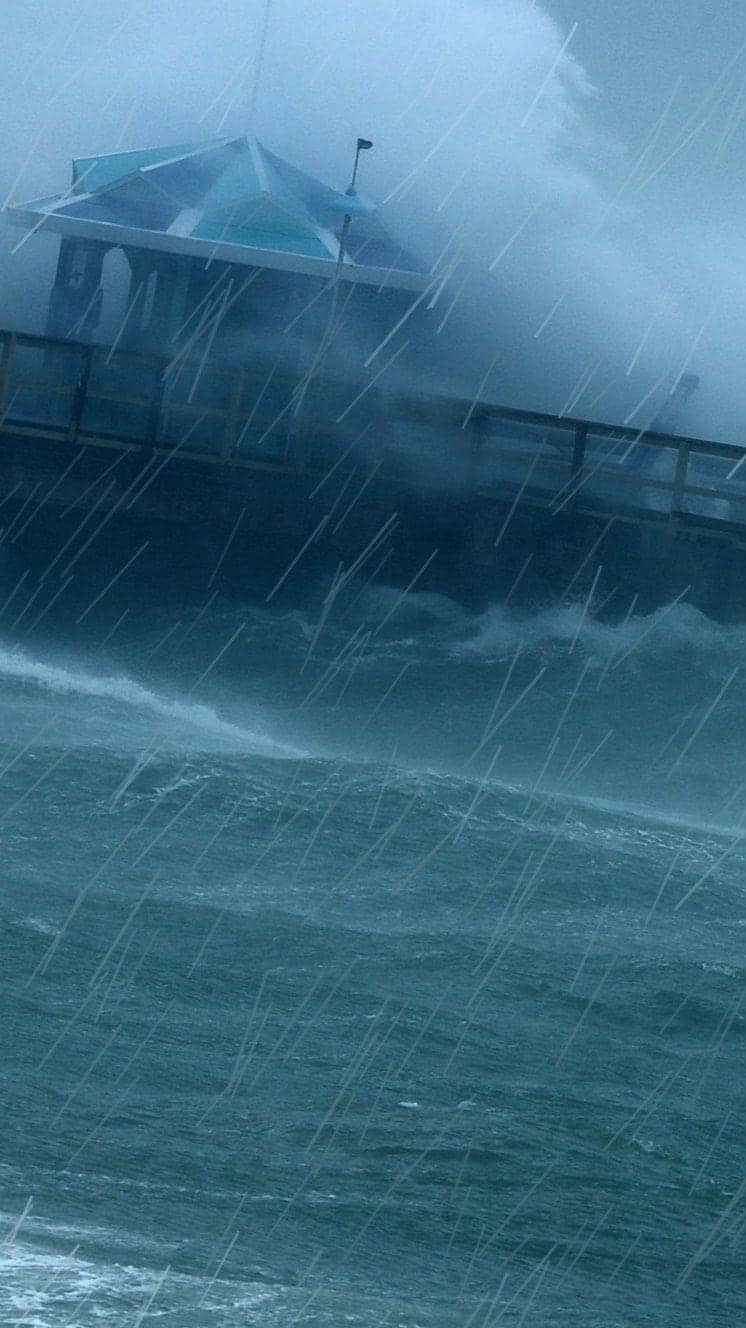 A mound of water piles up below the eye which is unleashed as the storm reaches land.
A mound of water piles up below the eye which is unleashed as the storm reaches land.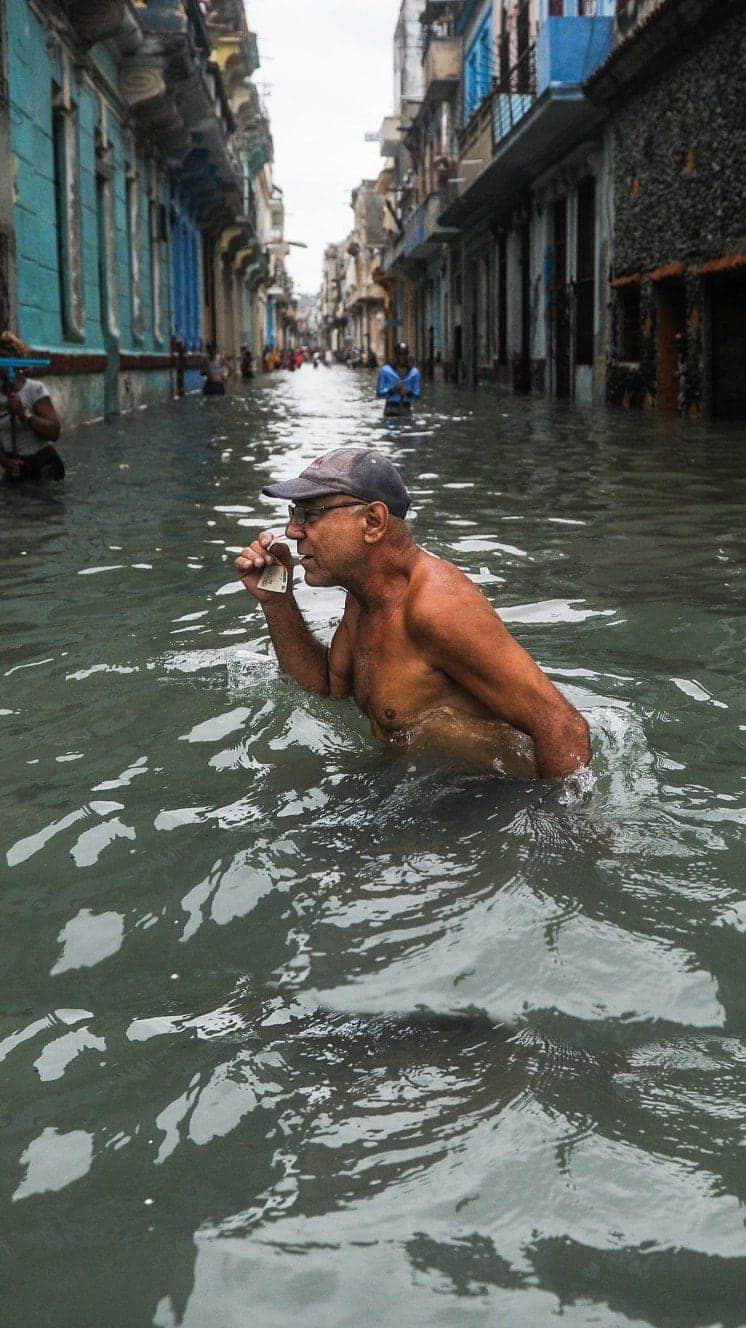 “Urgent warning about the rapid rise of water on the SW FL coast with the passage of #Irma’s eye. MOVE AWAY FROM THE WATER!”
“Urgent warning about the rapid rise of water on the SW FL coast with the passage of #Irma’s eye. MOVE AWAY FROM THE WATER!”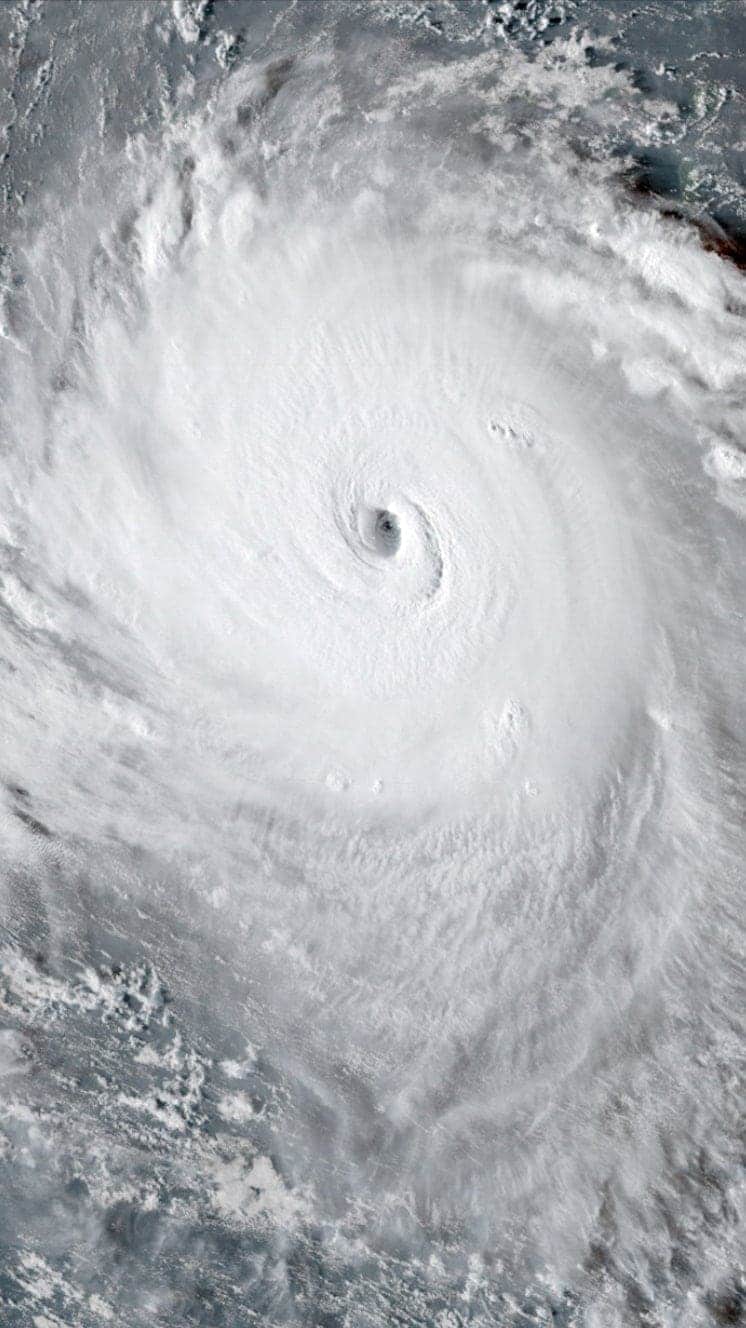 The size of hurricanes is mainly measured by the Saffir-Simpson scale – other scales are used in Asia Pacific and Australia.
The size of hurricanes is mainly measured by the Saffir-Simpson scale – other scales are used in Asia Pacific and Australia.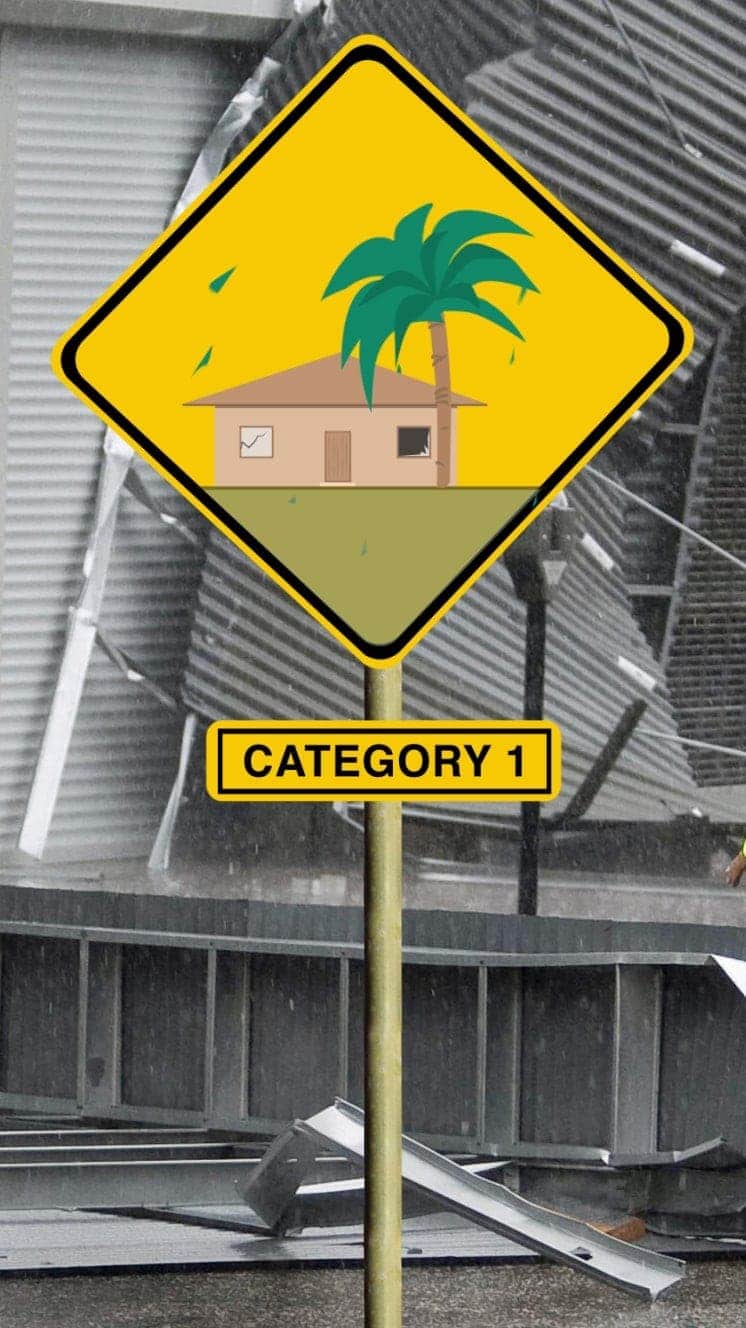 Winds 119-153km/h
Winds 119-153km/h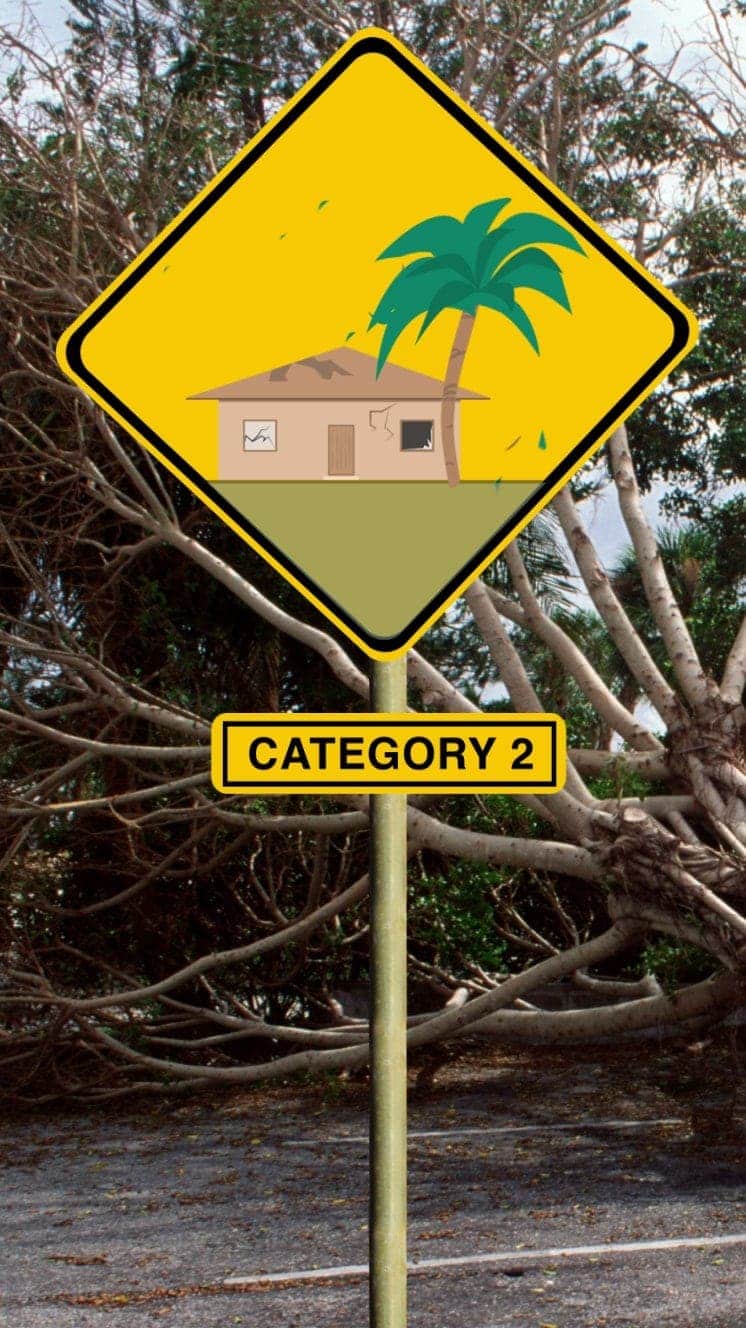 Winds 154-177km/h
Winds 154-177km/h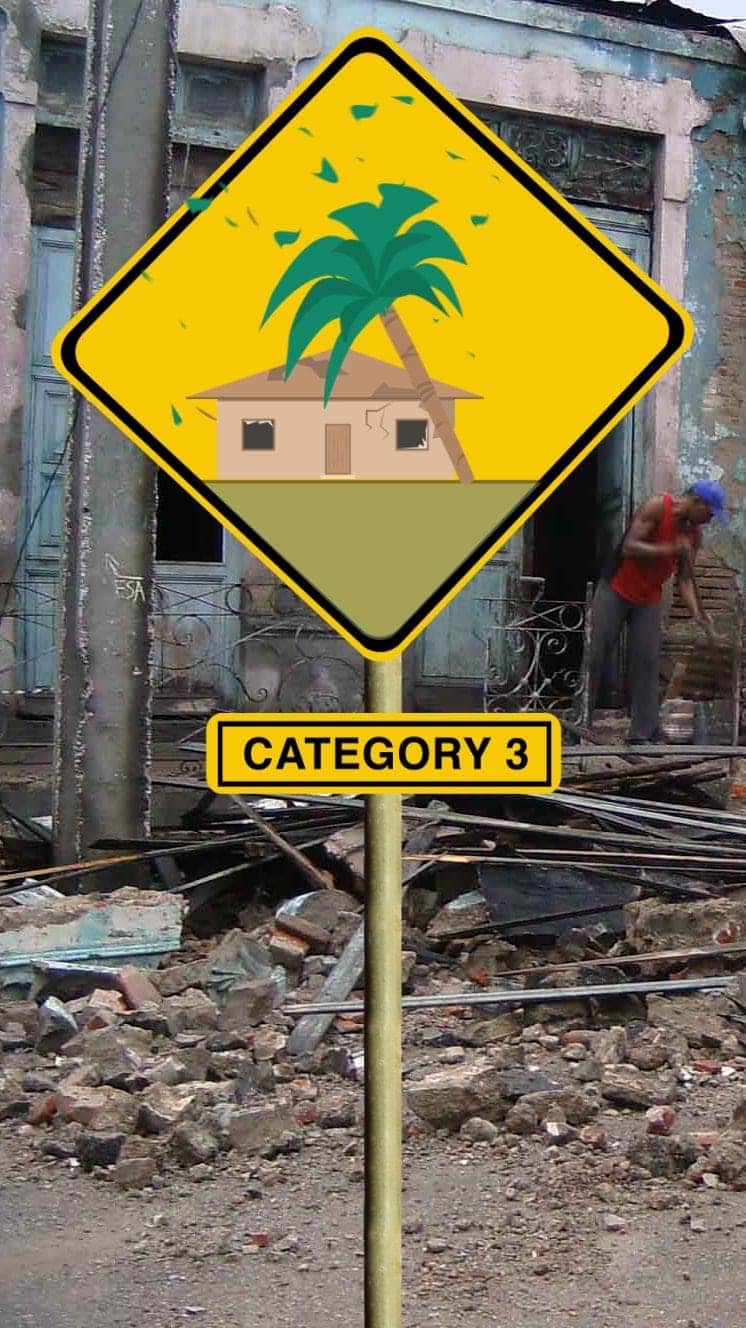 Winds 178-208km/h
Winds 178-208km/h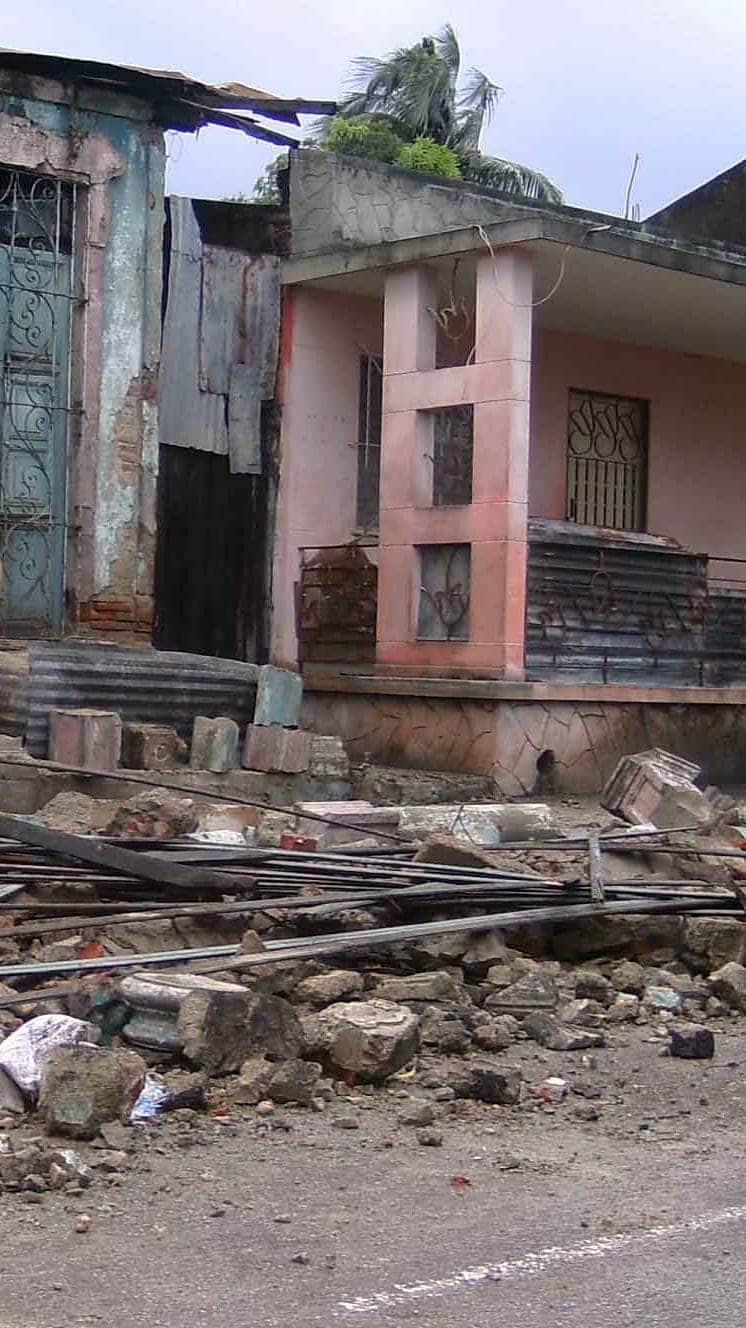 Hurricane Sandy (2012) caused $71bn damage in the Caribbean and New York
Hurricane Sandy (2012) caused $71bn damage in the Caribbean and New York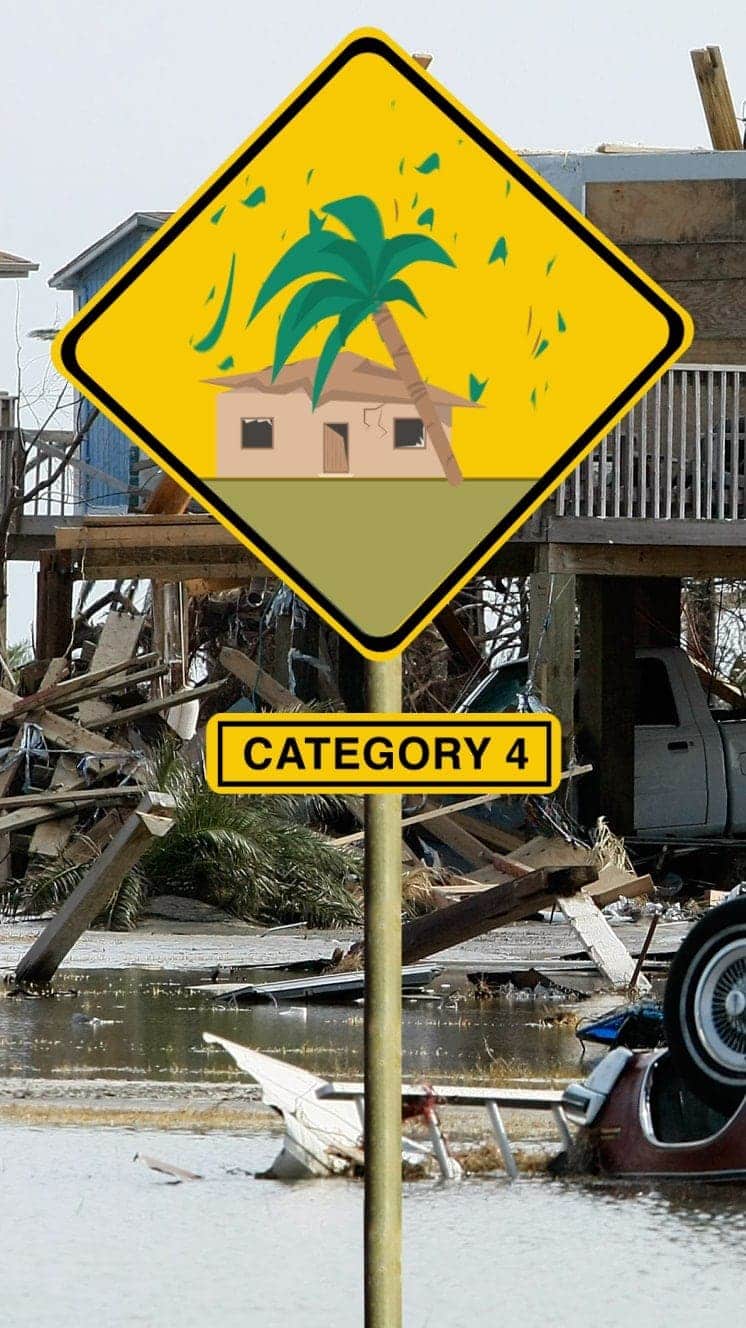 Winds 209-251km/h
Winds 209-251km/h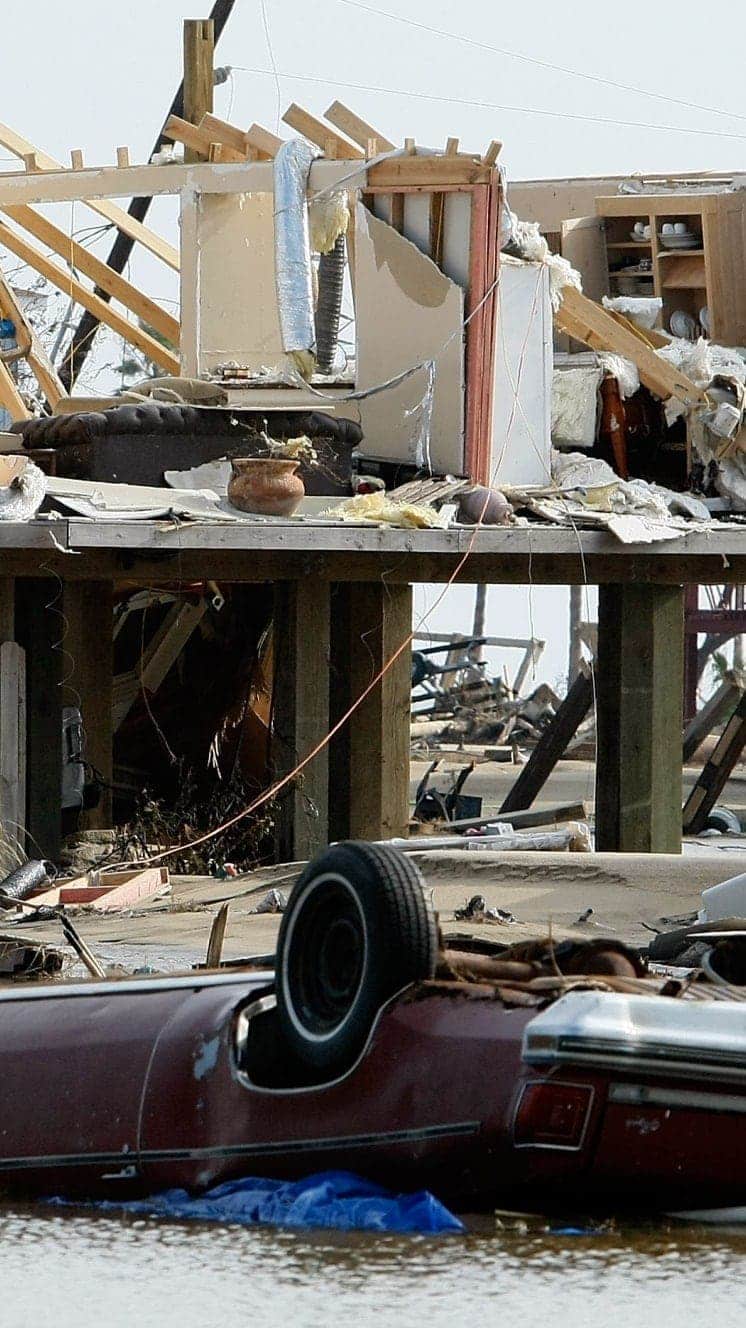 Hurricane Ike (2008) hit Caribbean islands and Louisiana and was blamed for at least 195 deaths
Hurricane Ike (2008) hit Caribbean islands and Louisiana and was blamed for at least 195 deaths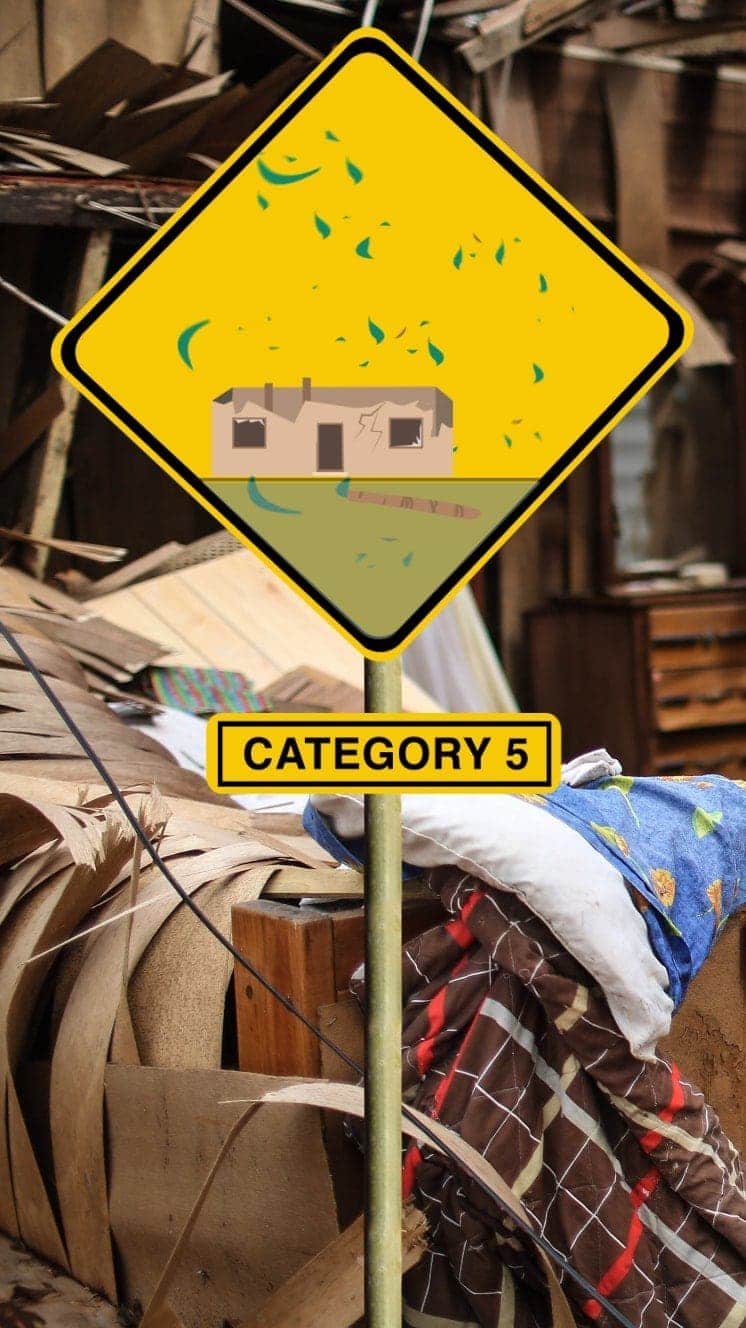 Winds 252km/h+
Winds 252km/h+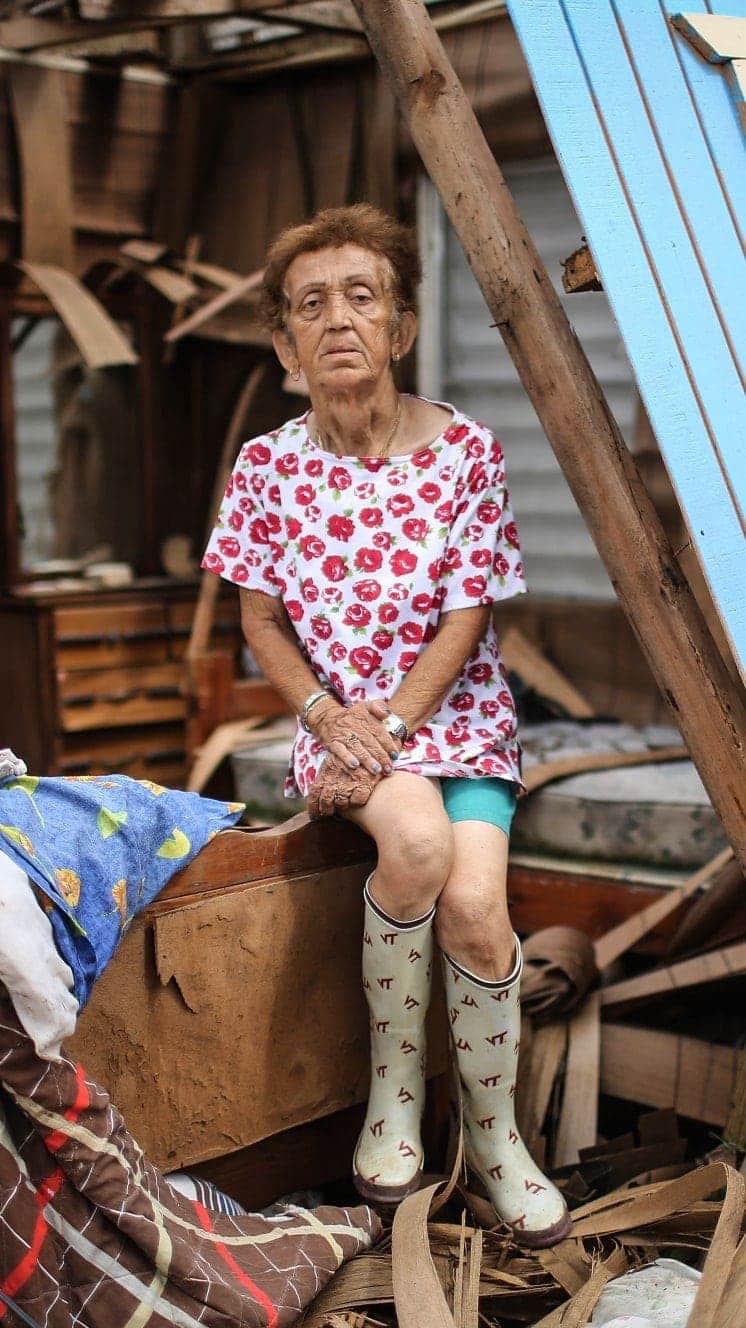 Hurricane Irma (2017) caused devastation in Caribbean islands, leaving thousands homeless
Hurricane Irma (2017) caused devastation in Caribbean islands, leaving thousands homeless

